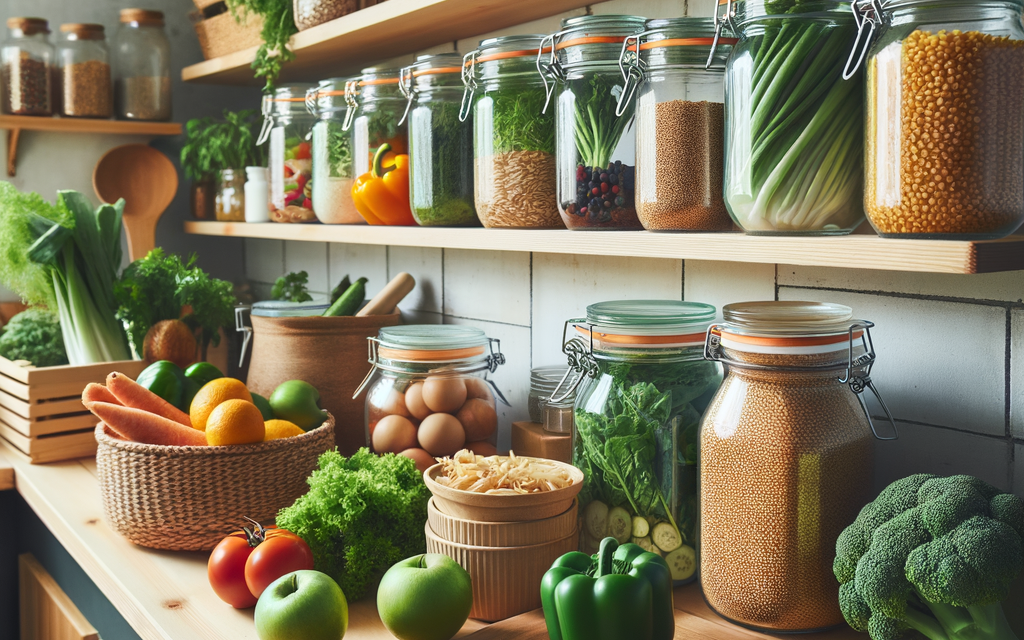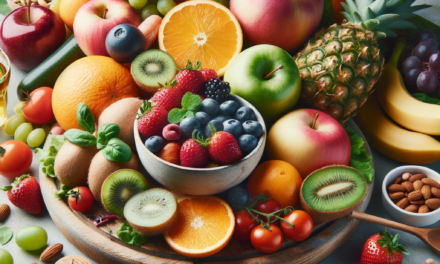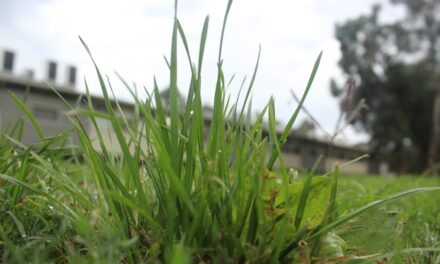Embracing a plant-based lifestyle is a transformative journey that not only benefits your health but also the environment. With the rise in popularity of vegan diets, it’s essential to know how to store and preserve your plant-based foods properly. Whether it’s the vibrant greens of spring or the hearty root vegetables of winter, each season brings its bounty. Keeping your vegan ingredients fresh ensures you’ll have nutritious and delicious meals throughout the year. Let’s dive into the world of vegan food storage and preservation with some practical tips and inspiring ideas.
Understand Your Vegan Pantry
First things first, knowing what you have in your pantry is key. Categorize your foods into perishables, semi-perishables, and non-perishables. This will help you prioritize which foods to use first and which can wait a bit longer. For instance:
- Perishables: Fresh fruits and vegetables, fresh bread, and homemade meals.
- Semi-perishables: Nuts, seeds, and certain whole grains.
- Non-perishables: Canned goods, dried beans, and pasta.
Optimal Storage Solutions
Each food type has its ideal storage condition:
- Fresh Produce: Most vegetables and fruits do best in the crisper drawer of your fridge, but some, like tomatoes and potatoes, prefer a cool, dark pantry. Use breathable mesh bags for produce to prevent moisture buildup and spoilage.
- Grains and Legumes: Store these in airtight containers in a cool, dark place to keep them fresh and deter pests. MR.SIGA 4 Pack Airtight Food Storage Container Set is a great BPA-free option for your pantry organization.
- Nuts and Seeds: To maintain their oils and prevent them from going rancid, store them in the fridge or freezer in airtight containers.
Preservation Techniques
Preserving food is an ancient practice that’s making a modern comeback. Here are some methods to extend the life of your vegan foods:
- Freezing: Blanch vegetables before freezing to preserve color, texture, and nutrients. Fruits can be frozen on a tray before transferring to a container to prevent clumping.
- Drying: Dehydrate herbs, fruits, and vegetables to concentrate flavors and nutrients. A dehydrator is handy, but an oven on its lowest setting can work as well.
- Canning: Preserve homemade sauces, jams, and pickled vegetables through canning. Always follow safety guidelines to prevent foodborne illnesses.
Seasonal Strategies
Align your storage and preservation techniques with seasonal trends:
- In spring, focus on blanching and freezing fresh greens.
- During summer, take advantage of the abundance of fruits by making jams or drying for snacks.
- In autumn, pickle your harvest of cucumbers and other veggies.
- Winter is perfect for canning soups and stews that warm the soul.
Labeling and Rotation
Keep your pantry organized by labeling everything with names and dates. Rotate your stock by using the ‘first in, first out’ method to ensure you’re always using the oldest items first. This reduces waste and keeps your food at its freshest.
Batch Cooking and Meal Prep
Batch cooking and meal prepping are your friends in the plant-based world. Cook large quantities of staple items like beans or grains and freeze them in portion sizes. This not only saves time but also ensures you have healthy options on hand. For an extensive collection of containers perfect for meal prep, consider the Sistema New Home Kitchen Storage & Organisation Gift Pack, which includes 18 BPA-free containers of various sizes.
Conclusion
With these tips, your journey towards a sustainable, plant-based lifestyle will be easier and more enjoyable. Remember to:
- Understand your pantry’s contents.
- Use optimal storage solutions.
- Apply preservation techniques.
- Align with seasonal trends.
- Keep an organized and rotated stock.
- Embrace batch cooking and meal prepping.
By mastering the art of vegan food storage and preservation, you’ll not only save money and reduce food waste, but you’ll also enjoy nutritious meals no matter the season. Happy, healthy eating!









